|
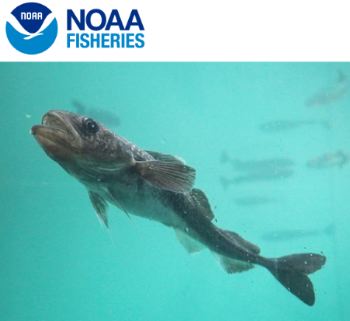
Photo: NOAA/FIS
NOAA: 'What’s in the Water Might Be A New Way to Measure the Amount of Fish Present'
 UNITED STATES
UNITED STATES
Monday, November 04, 2024, 05:00 (GMT + 9)
Novel approach to study fish DNA collected from water samples enables researchers to estimate biomass of multiple Alaska fish species simultaneously.
Around the world, standard ways to measure fish abundance and biomass to manage commercial, recreational and subsistence fisheries rely heavily on deriving estimates from fish caught in research surveys and commercial fishing nets and other collected biological data. In a new study, NOAA Fisheries scientists, in partnership with the University of Alaska Fairbanks, show that it is possible to estimate fish biomass for more than one species at the same time, using environmental DNA (eDNA). They found they can estimate the abundance of ecologically and commercially-important Alaska fish species—Arctic cod, walleye pollock, and Pacific cod—which are difficult to distinguish in eDNA samples.
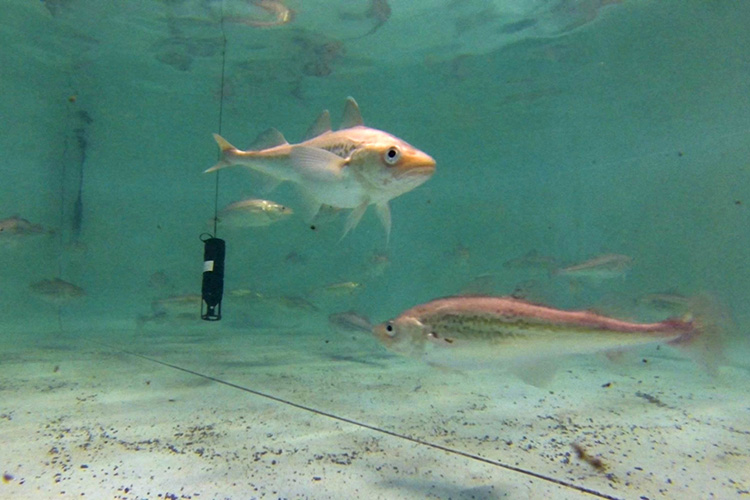
Alaska pollock swimming in tank. Credit: NOAA Fisheries.
eDNA is the genetic material shed by organisms into the surrounding environment. For example, as a fish swims through the ocean, its DNA is shed and accumulates in the water around it. Some sources of eDNA include scales, skin cells, mucus, feces, and gametes. This genetic material can be recovered from environmental samples.
 “Through our laboratory studies, we learned that we could accurately quantify species compositions and estimate biomass for different species of cod and pollock at the same time using eDNA,” said Kimberly Ledger, lead author and research biologist with Alaska Fisheries Science Center’s Auke Bay Laboratories. “It is possible to apply these methods to other species to improve the quantitative utility of eDNA.” “Through our laboratory studies, we learned that we could accurately quantify species compositions and estimate biomass for different species of cod and pollock at the same time using eDNA,” said Kimberly Ledger, lead author and research biologist with Alaska Fisheries Science Center’s Auke Bay Laboratories. “It is possible to apply these methods to other species to improve the quantitative utility of eDNA.”
Benefits of Using eDNA Studies for Stock Assessments
A central goal of managing species is understanding where they live (their distribution) and how many of them exist (their biomass or abundance). Accurately estimating this information is difficult. It relies on making inferences about an entire community based on observations of a subset of individuals. NOAA Fisheries gets this information from fish collected in nets during research surveys and from data collected by fishery observers on commercial fishing boats and in processing plants.
With eDNA scientists are able to detect and quantify fish DNA from the environment to help estimate species abundance and biomass from just a sample of water. This revolutionary new method that relies on eDNA is highly versatile, capable of detecting and identifying a wide range of species, and minimally disruptive to sensitive species.
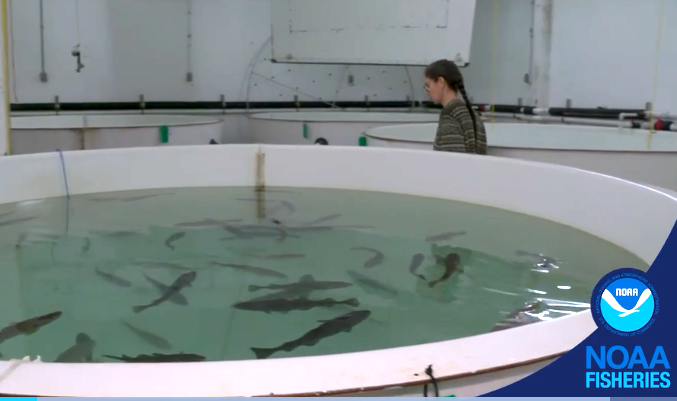
Mary Beth Hicks at the laboratory
Scientists caution that it doesn’t replace standard trawl surveys or actual sampling by fisheries observers. We we still need to collect important biological data including size, age, sex, sexual maturity and diet information, which is important for stock assessments.
However, eDNA researchers are actively working to identify ways to use this information to support management decisions with the help of stock assessment authors and quantitative ecologists.
The Key to Distinguishing Among Closely-Related Alaska Cod Species
A genetic marker is a gene or a short segment of DNA that has a distinctive location on a specific chromosome that can be used for the identification of a species or an organism.
In this study, scientists identified a new genetic marker, a specific segment of DNA, to detect and differentiate eDNA from six closely-related cod species in the North Pacific and the Arctic.
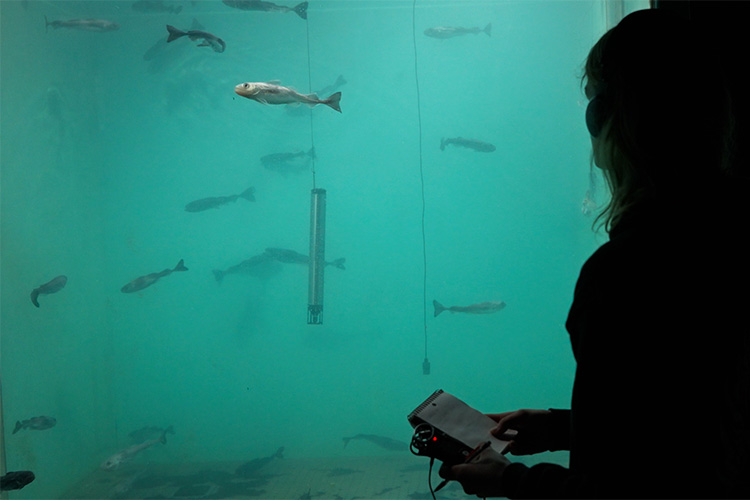
Scientist recording acoustic data with hydrophone of Arctic cod in a holding tank. Credit: NOAA Fisheries
Scientists demonstrated that they could
- Detect different species of cod and pollock
- Accurately determine their biomass proportion
- Detect not just the most abundant species in the samples, but also species at low relative abundances
This genetic research also shows promise for estimating the absolute abundance of these fish from eDNA samples.
Tank Studies Validate Geneticists’ Findings
Fishery biologist and co-author Mary Beth Rew Hicks kept live Pacific cod, walleye pollock, and Arctic cod in various combinations and abundances in holding tanks at the Center’s Newport Laboratory. She collected water samples from the tanks with known biomass (based on the numbers and weights of each species of fish). This experimental design enabled comparison of eDNA-derived species compositions with true compositions within a group of closely-related species with overlapping habitats and distributions.
Environmental DNA Collection & Sampling in the Laboratory: Mary Beth Hicks collects and filters water from experimental tanks at our lab in Newport, Oregon to extract environmental DNA samples. Our scientists are testing this method for detecting and quantifying what's present in a controlled body of water.
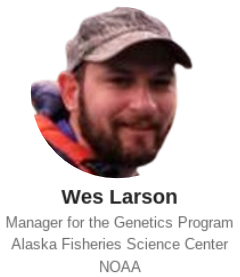 “We’ve moved the dial in the use of eDNA beyond merely being able to provide a measure of presence and absence of species to providing meaningful data to estimate abundance and better reflect underlying community composition in real-world environments,” said Ledger. “We’ve moved the dial in the use of eDNA beyond merely being able to provide a measure of presence and absence of species to providing meaningful data to estimate abundance and better reflect underlying community composition in real-world environments,” said Ledger.
With the warming of the Arctic, fish are moving around to find ideal conditions for their survival—food and the right temperatures to spawn. These dynamic shifts are posing new challenges for resource management and the scientists who conduct long-term research surveys in traditional areas where these fish have been found.
“This new tool will help us efficiently track these shifts in distribution to complement our standard methods of assessing fish stocks,” added Wes Larson, co-author and manager for the Genetics Program at the Alaska Fisheries Science Center.
[email protected]
www.seafood.media
|



